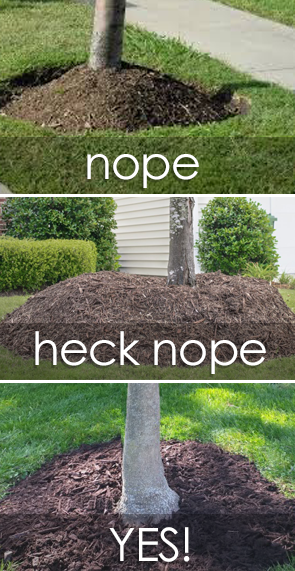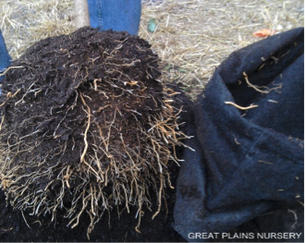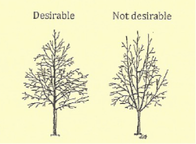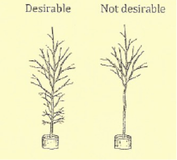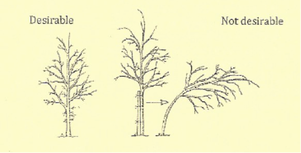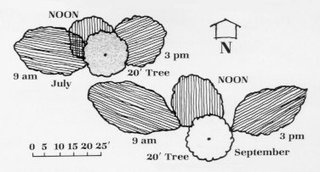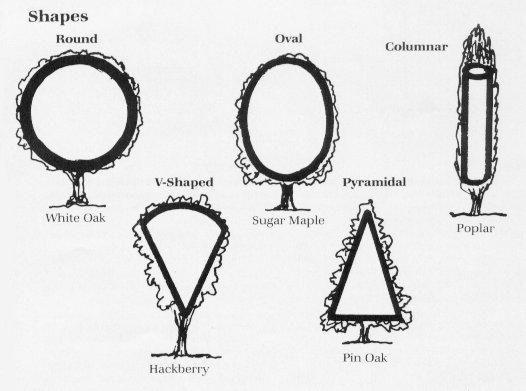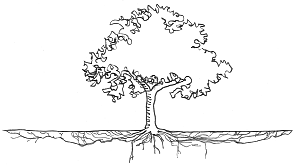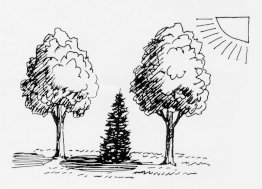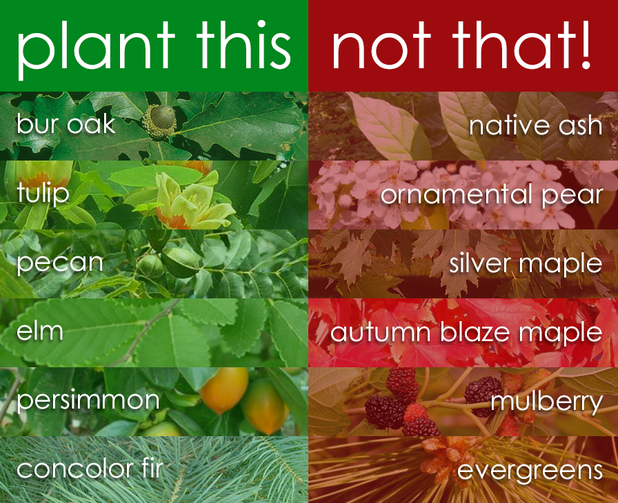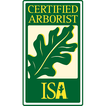2 Comments
Remember the Archer family? They were one our three 2017 Gift of Beautiful Trees recipients, and we recently cut their split maple tree down that was heavily damaged in last June's tornadoes. (You can read more about their story here). Not long after we removed that tree, Cub Scout Troop 1885 was looking for an opportunity to plant a tree for a service project and they heard about the Archers through our Gift of Beautiful Trees charity program. The perfect match! What to plant?
When clients and friends ask us, "What should I plant?" we always refer them to the ReTree Nebraska's list of 17 Trees for 2017. This is a great list of native or regionally adapted trees that do well in the Great Plains. And, when we can, we send our clients over to our good friends at Great Plains Nursery in Weston, NE where they have an amazing selection of high quality trees, most of which are grown from local seed sources. They take incredible care in ensuring their trees grow fibrous root systems, which lead to the best planting outcomes. Great Plains Nursery was so generous to offer to donate a tree to the Archer family. They chose a Northern Catalpa (my personal favorite!) which will be provide good shade over their house and their lovely June flowers will not only beautify their neighborhood, but also attract pollinators. What's not to love about a Catalpa? (Can you tell it's my favorite?) Call in the troops! With summer fast approaching, we needed to beat the heat and get the tree in ground soon. On May 8th, Troop 1885 met at the Archer's house, ready to dig! Okay, maybe Jeff did most of the digging. But we had plenty of helpers to move soil back into the hole and to water it in! The scouts learned many tree planting tips and techniques. They got to see and feel the difference between fibrous roots (which take up water and nutrients), and structural roots (which give the tree stability). They got to see what a high quality tree looks like from a nursery that uses RootMaker bags, which prevent circling roots and encourage fibrous root systems. They learned how to plant a tree at the proper depth so as not to bury the root flare. They even learned how to properly mulch around the tree, and why mulching is important for protecting the trunk from weed trimmers and mowers, and regulating soil temperature and moisture. (Remember, Troop 1885: No mulch volcanos!) There's no better way to teach the next generation of tree huggers than to give them hands on experience. We're honored that our community has continued to bless the Archer family with their generosity and kindness, and this new tree will continue to give back for decades to come. Welcome, September! The dog days of summer are coming to an end, and cooler temperatures means it's a great time to plant a tree! Earlier this year, we published a 3-part blog series about the ins-and-outs of tree planting: 1) Where and what to plant; 2) Finding quality nursery stock; and 3) How to plant it right! Still, we are asked frequently... "What should I plant?" It's a complicated question, as every landscape is unique, and every homeowner has different expectations for what their ideal tree would offer. Should it be tall or wide? "Tidy" and easy to maintain? Flowering or fruiting? Should it offer sparse or dense shade? Is it purely for beauty as a landscape accent or does it have a job, like shading a driveway or home? Thankfully, the Nebraska Forest Service has published an awesome list of suggested trees for 2016. The trees from that list are shown below, along with their seeds/fruit, foliage and fall color. Click the tree name for more information! This list is not all-inclusive, of course, but it does provide great trees that are proven to thrive in our region and that are readily available. We work with select local nurseries that provide quality stock. Call us if you're interested in planting any of these species! 16 Trees for 2016Large Deciduous Trees (40'+ at maturity) Small to Medium Deciduous TreesOak, Gambel (Quercus gambelii) Evergreen TreesMulch is a useful tool that benefits and beautifies your landscape in many ways, but you need to make sure you're installing it correctly in order for plants to reap those benefits instead of suffer. Unfortunately, many landscaping companies install "mulch volcanos," and we see so many instances of these around town that it's practically burned into our minds as the correct way to do it! WRONG! Some might find these volcanos to be visually appealing, but boy do they make us arborists cringe!
When choosing a new tree to add to your landscape there are lots of things to look for. Here are a few tips when purchasing a quality tree. 1. First of all… start at a LOCAL nursery or garden center.
2. A tree is only as good as its root system so that’s where we’ll start:
3. Evaluate the Crown
By following these basic guidelines you’ll be enjoying your new trees for years to come.
Diagrams courtesy of Dr. Edward Gilman
How did we decide on this tree? They were looking for a tree to plant near their driveway for shade, and a tree that would offer privacy for the house. The tree would have a somewhat limited canopy space later in its life because of other nearby mature trees and a power line. Ginkgos are heat tolerant, work well as street trees and are good for somewhat confined spaces. Lastly, the customer also loved the aesthetics of this tree and its gorgeous yellow fall color. Ginkgos are a great choice for southeastern Nebraska! Eeny Meeny Miny MoMany times, deciding on which tree to plant is more complicated than, "Hey - that one's pretty!" There are a number of factors that should be considered to responsibly select the "right tree for the right place." What is its purpose?
Size & Location
Environmental Factors
Fruit, Flowers & Foliage
Whew! That's a lot to consider!So it's time to do some research. Please feel free to reach out to us if you need some suggestions or insight from a Certified Arborist! Additional resources that may help you in your decision process: Stay tuned for Part 2: Purchasing your New TreeOur friends at the Nebraska Statewide Arboretum composed a nice list of the best (and worst) trees to plant in Nebraska and we thought we'd make a nice visual to go along with it!
|
AuthorAmy Grewe, Certified Arborist & Co-Owner Categories
All
Archives
April 2024
|


















